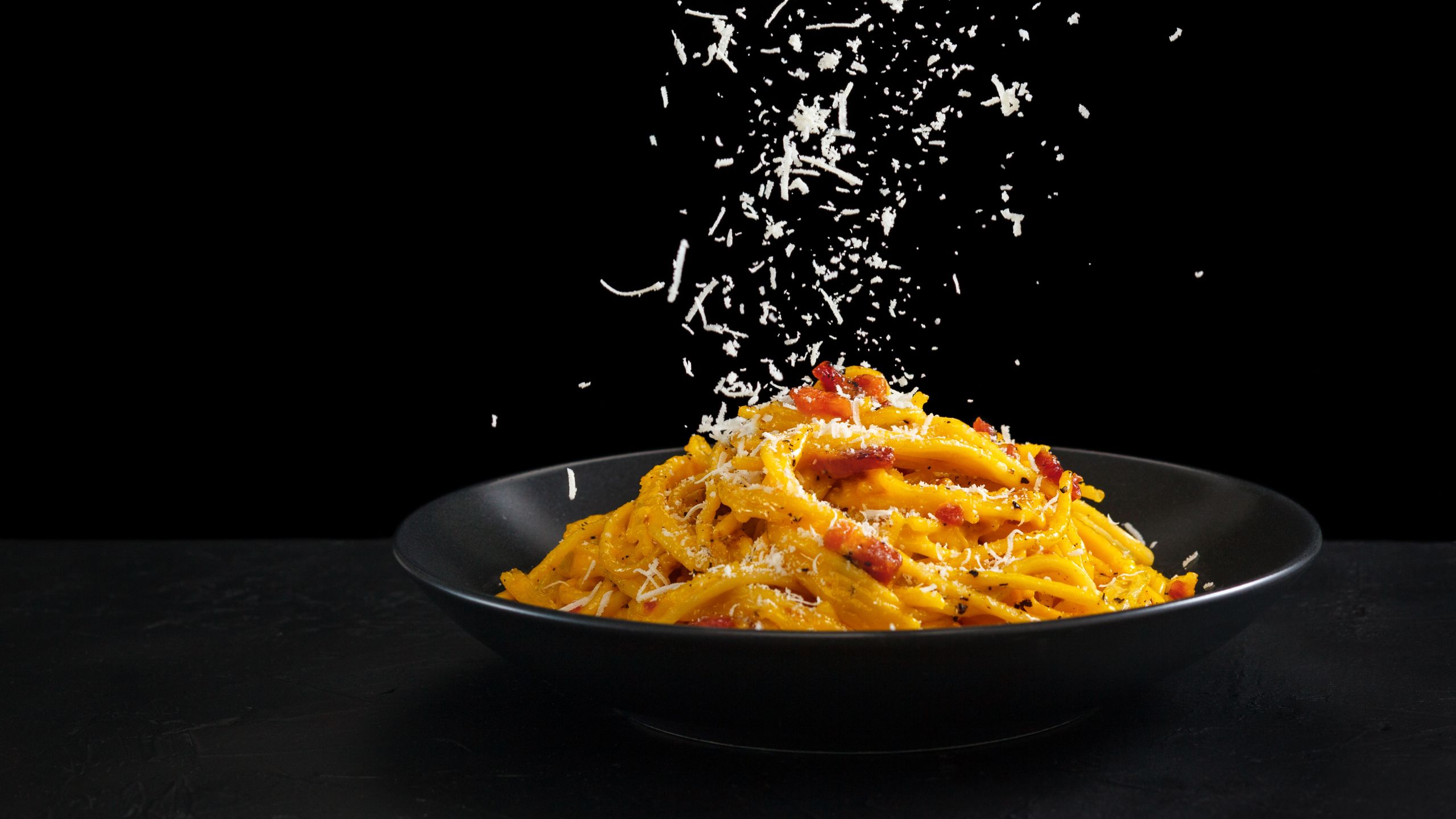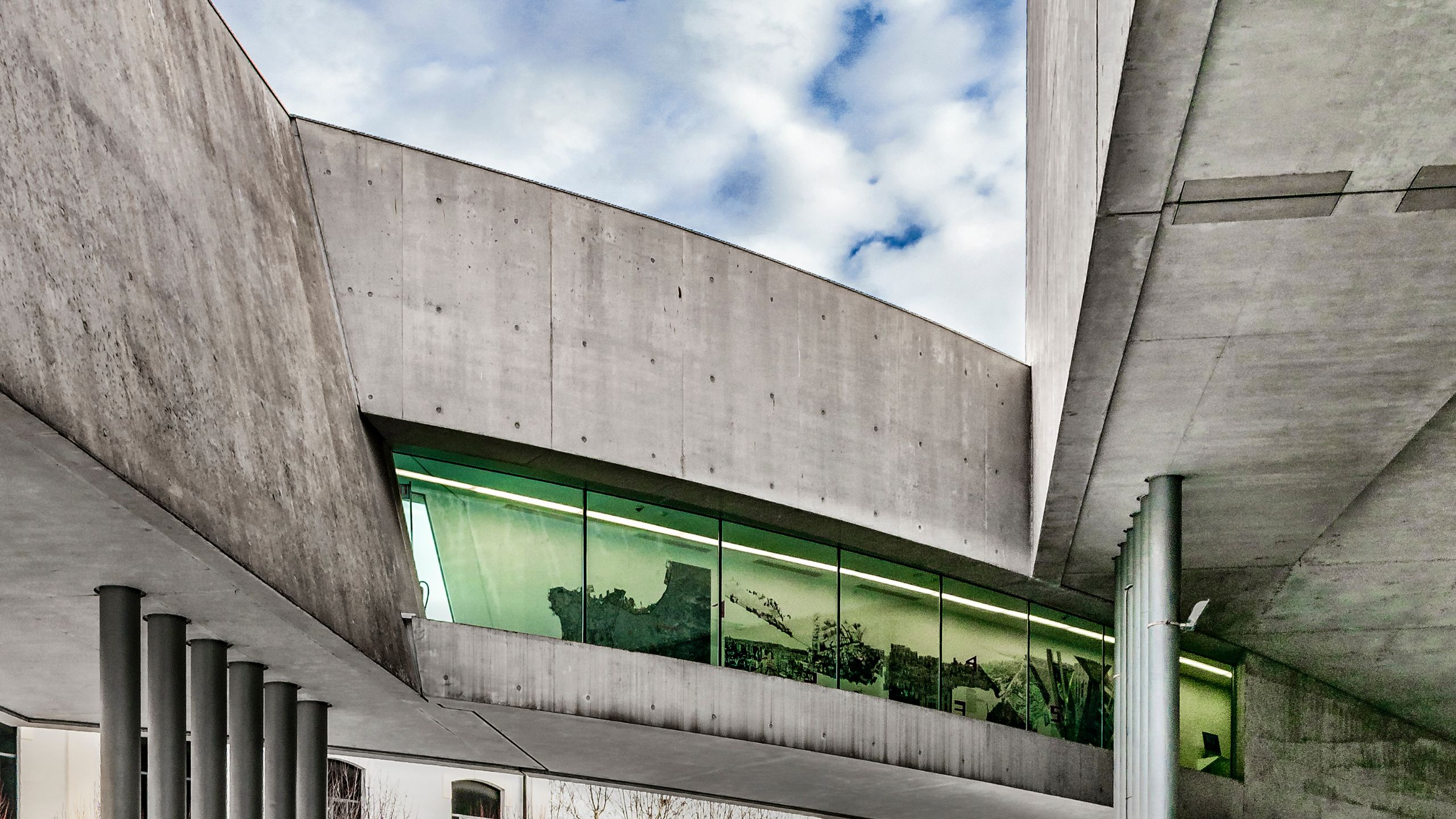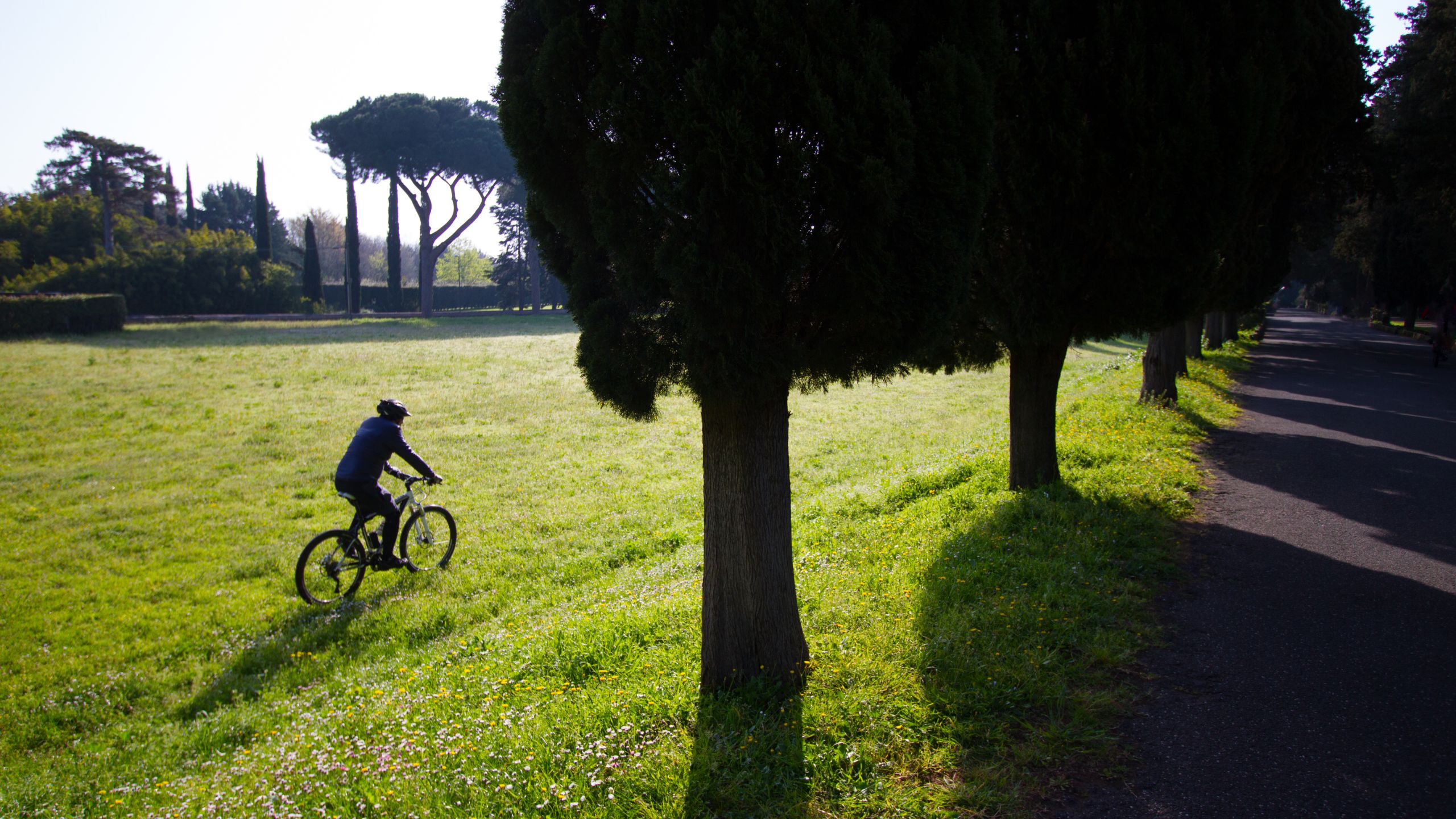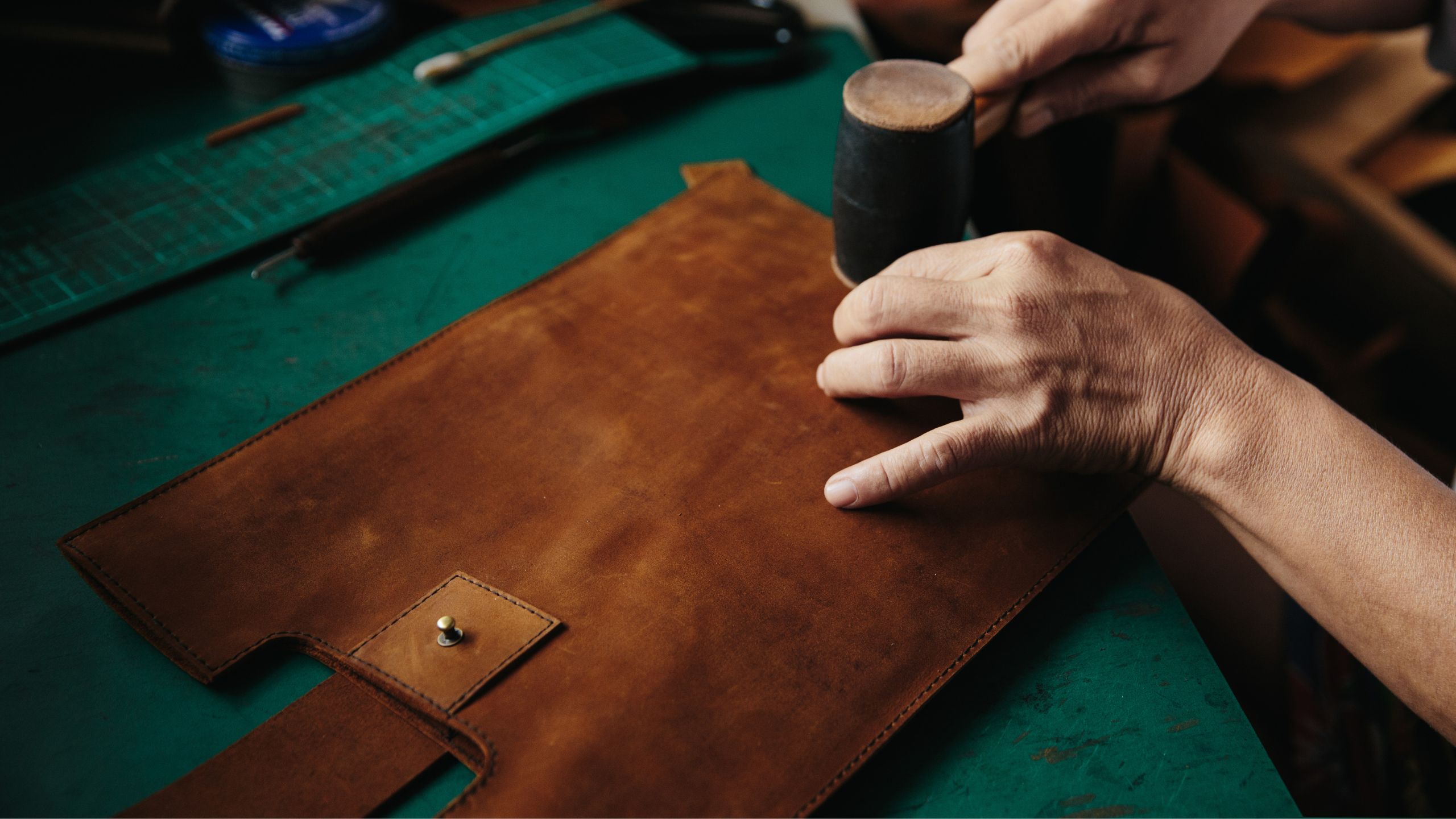Rome at the table: The authentic Carbonara, a dish to savor!
Carbonara is one of the most iconic dishes of Roman cuisine, loved worldwide for its simplicity and unmistakable flavor. But what are the true origins of this specialty? What is the authentic recipe, and where can you find the best Carbonara in Rome? Let’s uncover all the secrets of this extraordinary dish.
The Origins of Carbonara: Between History and Legend
The origins of Carbonara are shrouded in mystery, and over time, various theories have emerged regarding its creation. One of the most widely accepted theories dates back to World War II, when American soldiers stationed in Italy combined their rations of powdered eggs and bacon with Italian pasta. This combination is believed to have led to one of the earliest versions of Carbonara, which was later refined with more traditionally Italian ingredients.
Another theory suggests that Carbonara originates from the Abruzzese tradition of cacio e ova, a simple dish prepared by charcoal burners (hence the name "Carbonara") while working in the woods. This meal consisted of pasta dressed with cheese and eggs, ingredients that were easy to transport and preserve.
The first official mention of Carbonara in a cookbook dates back to 1954, when it appeared in the Italian food magazine La Cucina Italiana with a recipe that included pancetta, garlic, and Gruyère cheese—ingredients that are no longer considered part of the authentic recipe. Despite the uncertainty surrounding its origins, Carbonara has become an undisputed symbol of Roman cuisine and a must-try for anyone wanting to experience the authentic flavors of the Eternal City.
The Authentic Carbonara Recipe
Making an authentic Carbonara means respecting tradition and selecting high-quality ingredients. The dish consists of just a few essential elements: guanciale (cured pork cheek), egg yolks, Pecorino Romano DOP, black pepper and pasta. The choice of pasta is flexible: while spaghetti is the most common option, rigatoni, tonnarelli, or mezzi paccheri are also excellent choices.
How to Prepare It:
Render the guanciale in a pan without adding oil, until it becomes crispy. Once ready, set it aside while keeping the rendered fat in the pan.
Cook the pasta in plenty of salted water and drain it al dente.
Prepare the egg and cheese mixture by whisking the yolks with grated Pecorino Romano and a generous amount of freshly ground black pepper.
Combine the ingredients: Toss the pasta in the pan with the guanciale fat. With the heat off, add the egg mixture and quickly stir to achieve a creamy texture without scrambling the eggs.
Serve immediately, topping with extra Pecorino Romano and freshly ground black pepper.
Carbonara is a simple dish, but its success depends on the balance of ingredients and the right technique in blending them. By respecting tradition and using authentic products, you will achieve a rich and indulgent dish, just like those served in the finest trattorias of Rome.
Variations of Carbonara: Between Tradition and Innovation
Traditional Carbonara does not include cream, onion, or garlic, despite their frequent appearance in international variations. However, over the years, numerous reinterpretations have emerged:
Some chefs substitute guanciale with pancetta or even bacon, though purists consider this an unacceptable deviation from the original recipe.
Creative versions feature additions like zucchini, artichokes, or truffle, but the dish’s foundation remains the same: eggs, Pecorino Romano, black pepper, and guanciale.
In some Michelin-starred restaurants, Carbonara is reinterpreted using modern techniques while preserving its authentic flavor.
Where to Eat the Best Carbonara in Rome
If you'd rather enjoy a perfectly made Carbonara without cooking it yourself, here are some of the best restaurants in Rome where you can try it:
Da Enzo al 29 – A traditional trattoria in the heart of Trastevere, famous for its rich and flavorful Carbonara.
Roscioli – A landmark in Regola, serving a creamy and perfectly balanced Carbonara. Armando al Pantheon – A Roman institution near the Pantheon, offering a Carbonara that stays true to tradition.
Flavio al Velavevodetto – Located in Testaccio, this restaurant is renowned for its high-quality ingredients and impeccable preparation.
Pipero Roma – For those seeking a gourmet experience, this Michelin-starred restaurant serves an elegant and refined version of Carbonara.
Conclusion
Carbonara is not just a pasta dish—it is an icon of Roman cuisine, a symbol of conviviality and a passion for great food. Preparing it according to tradition means honoring Rome’s gastronomic history and its humble yet rich culinary roots. Whether you choose to cook it at home or enjoy it at one of Rome’s top trattorias, one thing is certain: when made properly, Carbonara is an unforgettable sensory experience. If you’re planning a trip to Rome, make sure to stop by one of its historic osterias to savor this local treasure in the city where it was born. Not only will you indulge in one of the most beloved dishes of the Eternal City, but you’ll also connect with a centuries-old culinary tradition that continues to captivate food lovers worldwide.




